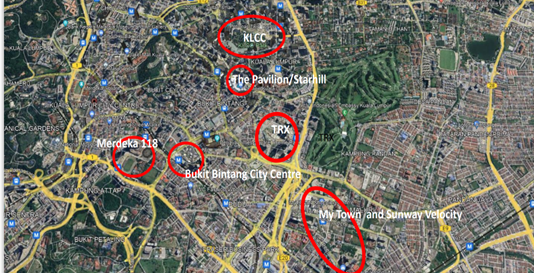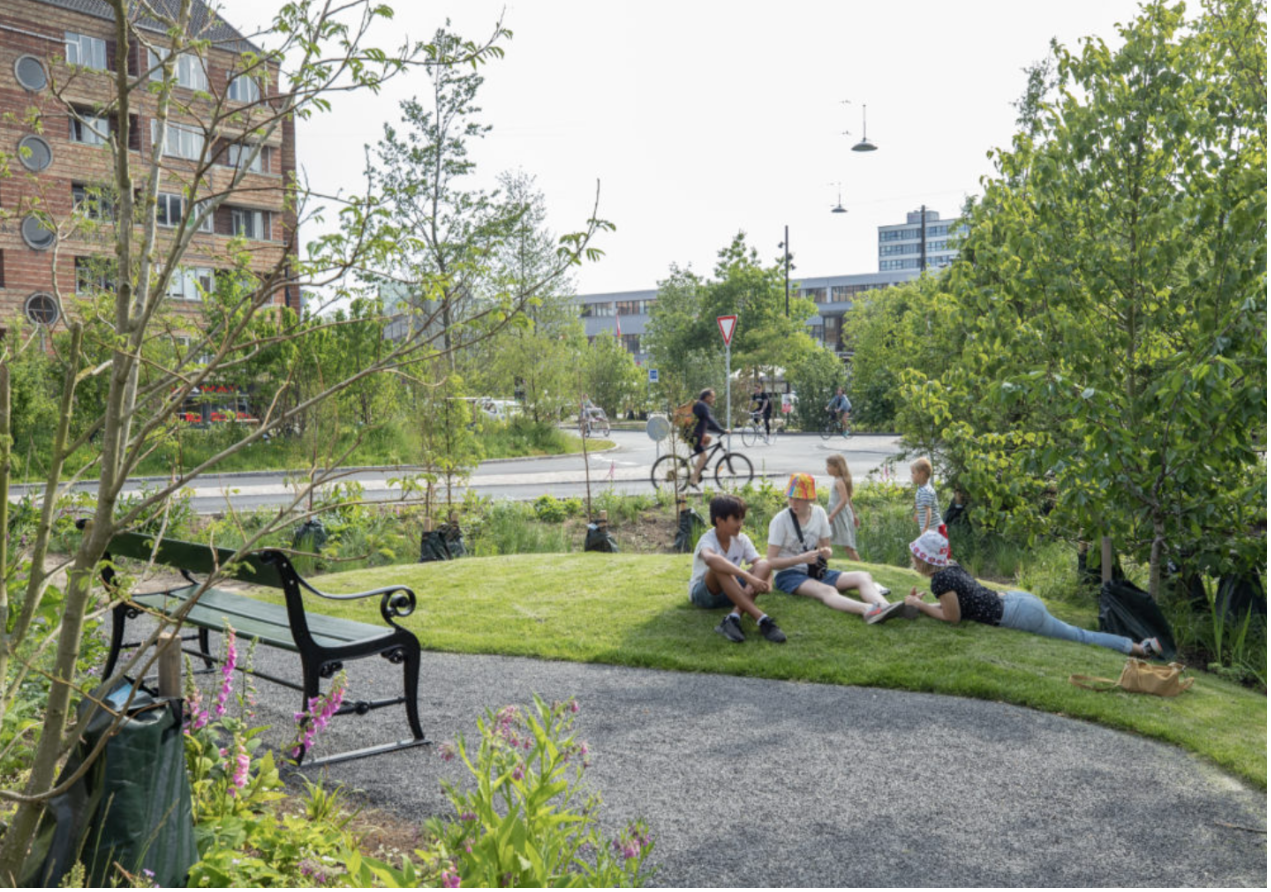Waste in Malaysia, faces a mounting concern. The rapid growth of the fashion industry, coupled with the revalence of fast fashion consumption patterns, has led to a surge in discarded textiles. Annually, the country generates approximately 93,000 tons of fabric waste, contributing to the 92 million tons churned out globally by the industry. This waste poses significant environmental threats, contributing to overflowing landfills, contaminating water sources, and exacerbating carbon emissions. The synthetic fibers prevalent in fast fashion items, though providing versatility, pose a paradox, taking centuries to decompose and perpetuating the ecological toll. Amidst this challenge, effective waste management emerges as a crucial cornerstone for curbing the fabric waste epidemic. By establishing comprehensive waste management systems, Malaysia can lay the groundwork for sustainable change. Furthermore, waste management offers a platform for design innovation. Creative minds can harness discarded textiles as a canvas for new creations, thereby diverting waste from landfills and breathing life into forgotten fabrics. Design innovation emerges as a beacon of promise, fostering a circular economy that bridges environmental responsibility and community empowerment. Through upcycling, the art of repurposing discarded materials, fabric waste can find new purpose. This transformative approach not only reduces environmental burden but also nurtures local communities.
One profound facet of fabric waste upcycling is its potential to empower underserved communities, especially those with lower incomes. By turning fabric waste into innovative products, upcycling creates economic opportunities and fosters self-sufficiency. This rings particularly true in a country like Malaysia, where economic disparity persists. Upcycling workshops and initiatives have the power to provide vocational skills and generate income for these communities. Empowering Eco-creative Women In Malaysia, women's participation in the labor force hovers at 55.6%, well below regional averages. Initiatives that provide training in design and crafting skills, branding and packaging also entrepreneurship, like the Collaboration. Project for Upcycle Product Commercialization, UPM-MBSJ and Program Zero to Hero@Omega, UPM-Jabatan Pembangunan Wanita (JPW), KPWKM (fabric product) lead by the senior lecturer Dr. Siti Mastura Md Ishak, Department of Industrial Design, FRSB have the potential to transform these statistics.
In the program, product design lead uplift women, enabling them to break free from traditional roles and become successful, independent contributors to society. These empowered women, armed with the tools of upcycling and entrepreneurship, not only drive circular economic growth but also challenge the narrative for future generations of Malaysian women. As fabric waste mounts, Malaysia stands at a crossroads. It can either succumb to the deluge of discarded textiles or rise to the challenge by embracing innovative solutions and community empowerment. By integrating waste management with design innovation and leveraging fabric waste upcycling, Malaysia can forge a sustainable path that not only safeguards the environment but also uplifts its communities, particularly its women. In doing so, Malaysia weaves a tapestry of change that reverberates far beyond its borders, inspiring a world where fabric waste transforms into a catalyst for empowerment and progress from WAW (what a waste) to WOW (way of wealth).
 |
Dr. Siti Mastura Md Ishak
Pensyarah Kanan
Fakulti Rekabentuk dan Senibina,
Universiti Putra Malaysia
|
Date of Input: 04/10/2023 | Updated: 04/10/2023 | uswahhasanah
MEDIA SHARING





































